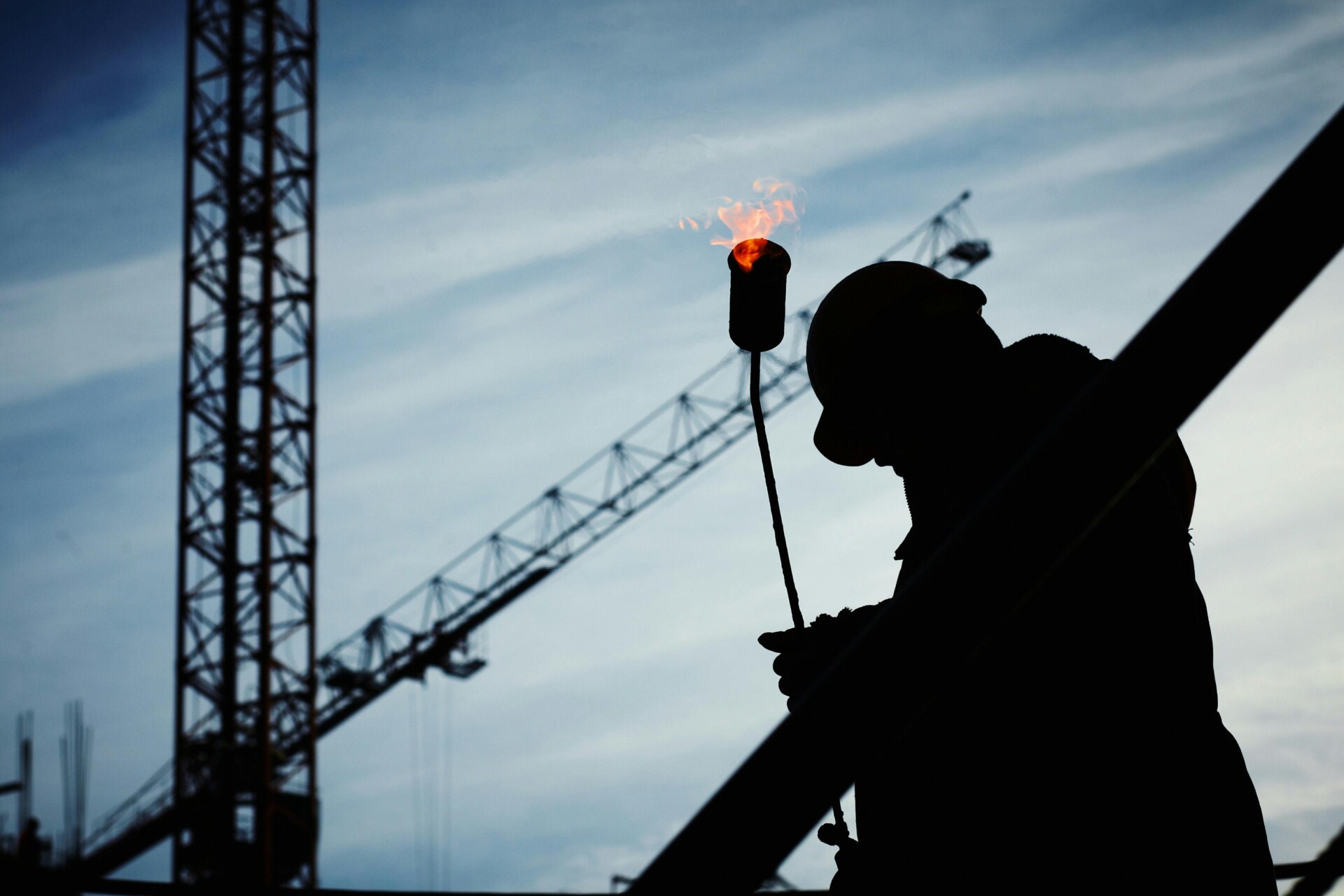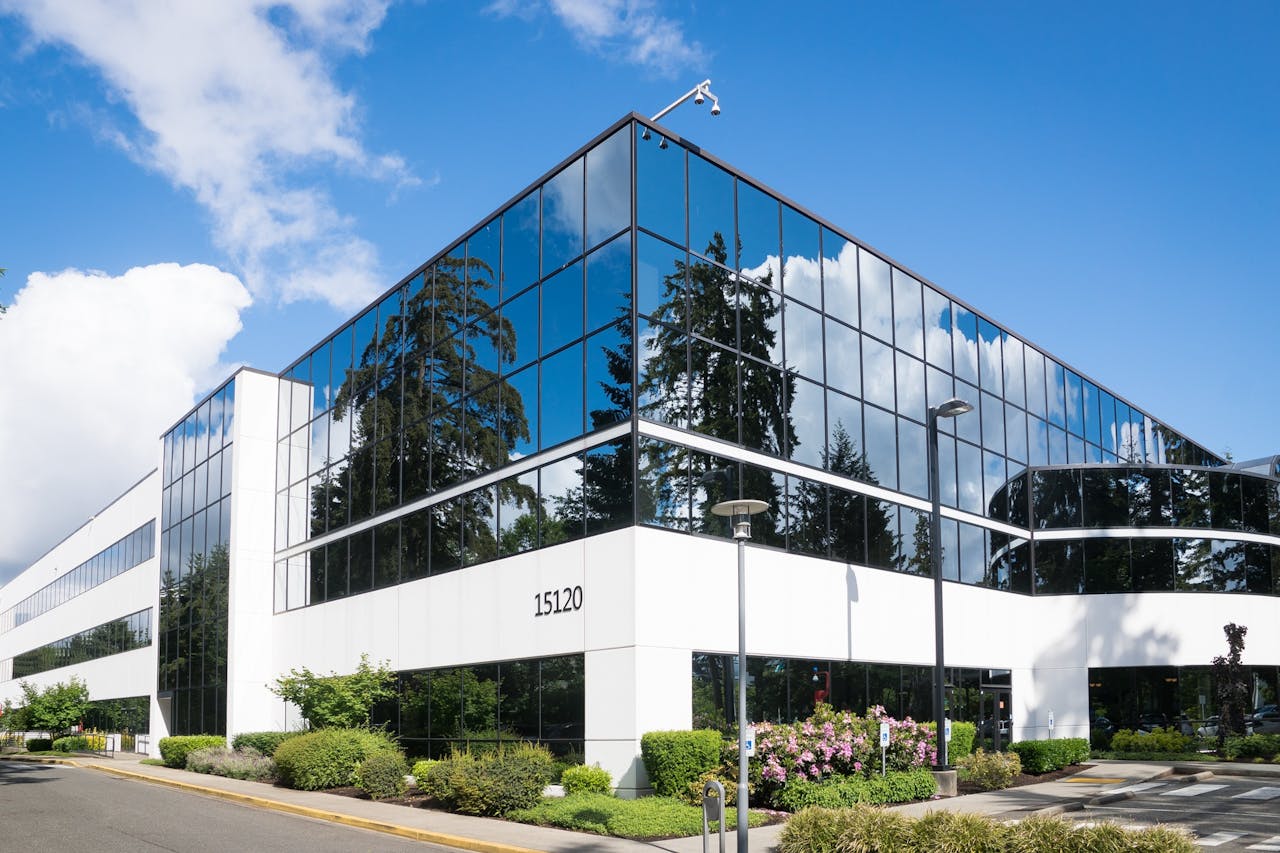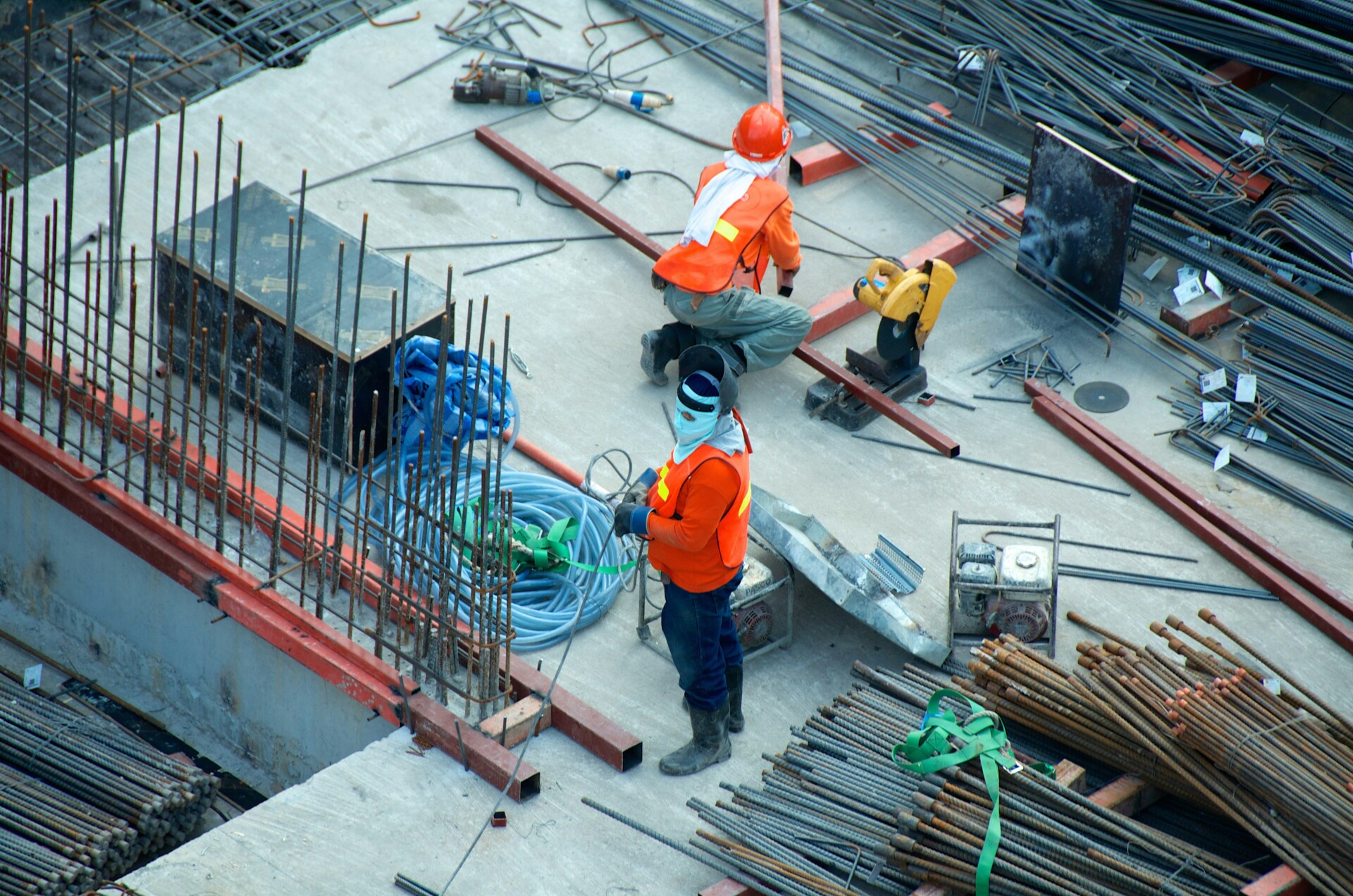At EB3 Construction, we know that the best way to protect a commercial property is through consistent, proactive care. Over the years, we’ve seen how a well-crafted maintenance checklist can make the difference between minor upkeep and major, costly repairs. Rather than waiting for systems to break down or safety issues to emerge, we help property owners stay ahead of the curve with a structured, strategic approach to building maintenance.
This article walks through the core elements we include in our commercial building maintenance checklists—from HVAC and plumbing to fire safety and structural inspections. We’ll also cover how to build a seasonal schedule that fits your property, explore the biggest factors that affect maintenance costs, and share the best practices we follow to keep facilities running efficiently.
Whether you manage a single building or an entire portfolio, these insights are designed to help you maximize your building’s performance and preserve its long-term value.
What is a Commercial Building Maintenance Checklist?
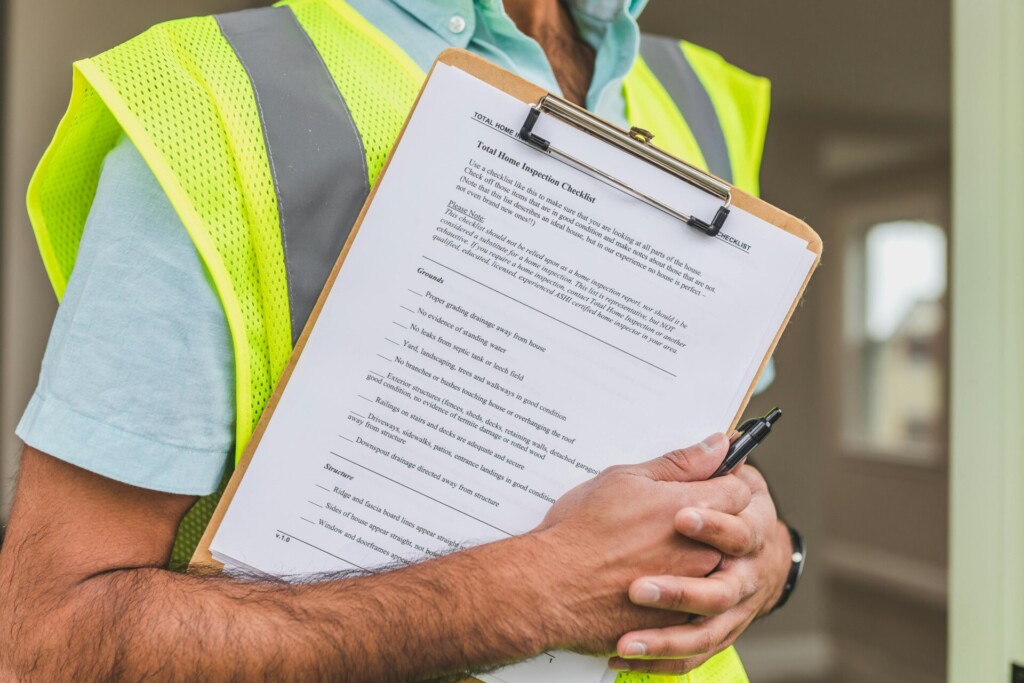
A commercial building maintenance checklist is an essential tool for property managers and facility teams to systematically track and complete critical maintenance tasks. This comprehensive list covers all the key building systems and components that require regular upkeep. Instead of reacting to issues as they arise, a well-designed checklist allows us to take a proactive approach to building care.
At its core, a commercial maintenance checklist outlines routine inspections and servicing for vital systems such as:
- HVAC equipment
- Plumbing infrastructure
- Electrical systems
- Fire safety mechanisms
- Structural elements
By methodically working through these checklist items, we can prevent many costly emergencies before they occur. This proactive strategy yields several key benefits. It extends the lifespan of building assets and equipment and ensures compliance with relevant codes and regulations
In essence, a thorough commercial building maintenance checklist transforms reactive problem-solving into strategic asset management.
What Are the Key Areas to Include in Your Maintenance Checklist?
An effective commercial building maintenance checklist must cover several critical areas to ensure the property remains safe, functional, and compliant. At EB3 Construction, we focus on the following key components when developing comprehensive maintenance plans:
Structural Maintenance
We conduct regular inspections of foundations, walls, roofs, and floors to identify early signs of wear or damage. This proactive approach allows us to address minor issues before they escalate into major structural problems. Our teams look for:
- Cracks or settling in foundations
- Water infiltration or damage to walls and ceilings
- Roof membrane integrity and drainage systems
- Floor surface conditions and load-bearing capabilities
HVAC Systems
Proper HVAC maintenance is crucial for energy efficiency and occupant comfort. Our routine HVAC checks include:
- Cleaning or replacing air filters on a regular schedule
- Inspecting ductwork for leaks or blockages
- Verifying temperature control accuracy and calibration
- Checking refrigerant levels and system pressures
Electrical Systems
To ensure safety and prevent disruptions, we carefully monitor electrical components:
- Inspecting wiring for signs of wear
- Testing circuit breakers and panels for proper function
- Verifying emergency lighting and backup power systems
- Checking for overloaded circuits or outdated components
Plumbing and Water Systems
Our plumbing maintenance protocols help prevent leaks and water damage:
- Inspecting pipes and drains for corrosion or blockages
- Testing water pressure and flow rates throughout
- Servicing water heaters and boilers
- Maintaining sprinkler systems and backflow preventers
Fire Safety
Compliance with fire safety regulations is paramount. We routinely:
- Test fire alarms and detection systems
- Inspect and recharge fire extinguishers
- Verify proper function of sprinkler systems
- Ensure clear access to emergency exits
Exterior Maintenance
The building’s exterior is its first line of defense against the elements:
- Inspecting and repairing siding and masonry
- Maintaining landscaping and parking areas
- Cleaning gutters and downspouts
- Checking exterior lighting and signage
Regular Cleaning
A clean facility promotes health and professionalism:
- Implementing daily janitorial services for common areas
- Scheduling periodic deep cleaning of carpets and hard surfaces
- Maintaining waste management and recycling programs
- Addressing pest control and sanitizing high-touch surfaces
By systematically addressing these key areas, we help ensure that commercial properties remain in optimal condition, minimizing unexpected repairs and maximizing the lifespan of building systems and components.
| Maintenance Area | Tasks |
|---|---|
| Structural Maintenance | Inspect foundations, walls, roofs, and floors for damage; Address minor issues before they escalate |
| HVAC Systems | Clean or replace air filters; Inspect ductwork; Verify temperature control; Check refrigerant levels |
| Electrical Systems | Inspect wiring for wear; Test circuit breakers and panels; Verify emergency lighting and backup power |
| Plumbing and Water Systems | Inspect pipes and drains; Test water pressure; Service water heaters and boilers |
| Fire Safety | Test fire alarms and detection systems; Inspect fire extinguishers; Verify sprinkler system functionality |
| Exterior Maintenance | Inspect siding and masonry; Maintain landscaping and parking; Clean gutters; Check exterior lighting |
| Regular Cleaning | Daily janitorial services; Periodic deep cleaning; Waste management and recycling programs; Pest control |
How Should You Create a Seasonal Maintenance Schedule?

As a general contractor, we understand that establishing an effective seasonal maintenance schedule is essential for keeping properties in optimal condition throughout the year. A well-planned schedule addresses the unique challenges each season presents, helping property owners and managers prevent potential issues.
Spring: Preparing for Warmer Weather
In spring, we focus on transitioning from cold weather and readying buildings for the warmer months ahead:
- Servicing HVAC systems for efficient cooling
- Inspecting and repairing any winter damage to exteriors
- Cleaning gutters and downspouts
- Landscaping tasks like pruning trees and reseeding lawns
- Power washing exteriors and windows
Summer: Addressing Heat and Humidity
Summer maintenance centers around managing high temperatures and potential storm impacts:
- Conducting thorough roof inspections
- Checking windows and doors for proper sealing
- Assessing structural integrity, especially in coastal areas
- Maintaining irrigation systems
- Inspecting attics and crawl spaces for proper ventilation
Fall: Preparing for Colder Weather
Fall is dedicated to winterizing properties and addressing any lingering summer wear:
- Servicing furnaces and heating systems
- Weatherproofing windows and doors
- Cleaning gutters and downspouts again
- Inspecting chimneys and fireplaces
- Draining and storing outdoor water systems
Winter: Managing Cold and Moisture
Winter maintenance prioritizes safety and the prevention of cold weather damage:
- Implementing snow and ice removal plans
- Regularly checking heating systems
- Insulating pipes to prevent freezing
- Monitoring for ice dams on roofs
- Inspecting basements and crawl spaces for moisture intrusion
Year-Round Tasks
Some maintenance tasks require continuous attention:
- Testing and maintaining safety equipment like smoke detectors and fire extinguishers
- Replacing lighting in common areas and exteriors
- Conducting regular pest inspections
- Cleaning and maintaining all building areas
- Addressing any reported issues promptly
By developing and adhering to a comprehensive seasonal maintenance schedule, we help ensure properties stay safe, efficient, and well-maintained year-round. This proactive strategy not only preserves property value but also enhances comfort and safety for occupants.
Remember, while this guide provides a general framework, each property has unique needs. We work closely with property owners and managers to customize maintenance schedules to specific building requirements, local climate conditions, and usage patterns. Regular communication and flexibility in adapting the schedule are key to successful property maintenance.
What Factors Affect Commercial Building Maintenance Costs?
When it comes to commercial building maintenance, several key factors play a significant role in determining overall costs. As general contractors, we have observed how these elements interact to shape maintenance budgets and strategies for property owners and developers. Let us explore the primary cost drivers:
Building Age and Condition
The age of a commercial property is perhaps the most influential factor affecting maintenance costs. Older buildings typically require more frequent repairs and system upgrades. For instance, a 50-year-old office building may need a complete HVAC replacement, costing upwards of $20 per square foot, while a 10-year-old structure might only require routine servicing at $0.50-$1 per square foot annually.
However, it is not just about age—the overall condition and maintenance history play crucial roles. A well-maintained older building could outperform a neglected newer one in terms of cost efficiency. This underscores the importance of proactive maintenance planning from the outset.
Size and Layout Complexity
The size of a commercial property directly impacts maintenance expenses due to increased systems and labor requirements. But it is not just about square footage—layout complexity is a major consideration. Properties with intricate designs, multiple floors, or specialized areas (like server rooms) inherently cost more to maintain.
For instance, a sprawling single-story warehouse might have lower per-square-foot maintenance costs compared to a multi-story office complex with elevators, multiple HVAC zones, and varied use spaces. We often see maintenance costs at $1-$3 per square foot for simpler layouts, climbing to $4-$8 for more complex configurations.
Location and Environmental Factors
A property’s location significantly influences its maintenance needs and associated costs. Environmental factors like extreme weather, humidity, or pollution can accelerate the deterioration of building components. Coastal properties, for example, face increased corrosion risks, potentially doubling the frequency of exterior maintenance compared to inland structures.
Urban settings present their own challenges, with higher labor costs and stringent local regulations often driving up maintenance expenses. We have observed budgets in major metropolitan areas running 20-30% higher than comparable properties in smaller cities or suburban locations.
Equipment and System Complexity
The sophistication of a building’s systems and equipment directly correlates with maintenance costs. Advanced technology and specialized equipment require skilled servicing, often at premium rates. Smart building systems, while offering long-term efficiency gains, can increase short-term maintenance expenses by 15-25% due to the need for specialized technicians and software updates.
Energy-efficient systems, though costlier upfront, can produce significant savings over time. For instance, LED lighting systems might cost 30-40% more initially but can reduce energy and replacement costs by up to 75% over their lifespan.
Regulatory Requirements
Compliance with local, state, and federal regulations forms a significant portion of maintenance expenses through necessary inspections, updates, and safety-driven maintenance. Fire safety systems, accessibility features, and energy efficiency standards contribute to ongoing regular upkeep and potential upgrades.
The cost impact of compliance can vary widely based on location and building type. In highly regulated markets, we have seen compliance-related maintenance account for 10-20% of total maintenance budgets. Staying ahead of regulatory changes is crucial for avoiding costly retrofits, upgrades, or fines.
Managing Costs Effectively
While these factors can seem daunting, there are strategies to manage them effectively:
- Implement a robust preventative maintenance program to catch issues early.
- Invest in energy-efficient upgrades to reduce long-term operational costs.
- Consider outsourcing specialized maintenance tasks to benefit from economies of scale.
- Utilize building management systems to optimize performance and predict maintenance needs.
- Stay informed about upcoming regulatory changes to plan upgrades strategically.
By understanding these cost drivers and taking a proactive approach, property owners and developers can better control maintenance expenses while ensuring their buildings remain safe, efficient, and attractive to tenants.
| Factor | Description | Impact on Costs |
|---|---|---|
| Equipment Age | Older equipment requires more maintenance and repairs. | Higher repair and maintenance costs |
| Utilization Rates | Frequent use increases wear and tear. | Increased maintenance costs |
| Technological Changes | New equipment can improve efficiency but requires specialized servicing. | Variable costs based on equipment |
| Workforce Skills | Skilled workers can diagnose and repair issues faster. | Lower labor costs |
| Supplier Relations | Good relationships can yield discounts on parts and services. | Reduced overall costs |
Effective management of these factors not only controls costs but also preserves property value and enhances tenant satisfaction. As your general contractor, we are committed to developing tailored maintenance strategies that address these variables head-on, ensuring your commercial property remains a valuable asset for years to come.
What Are the Best Practices for Implementing Your Maintenance Checklist?
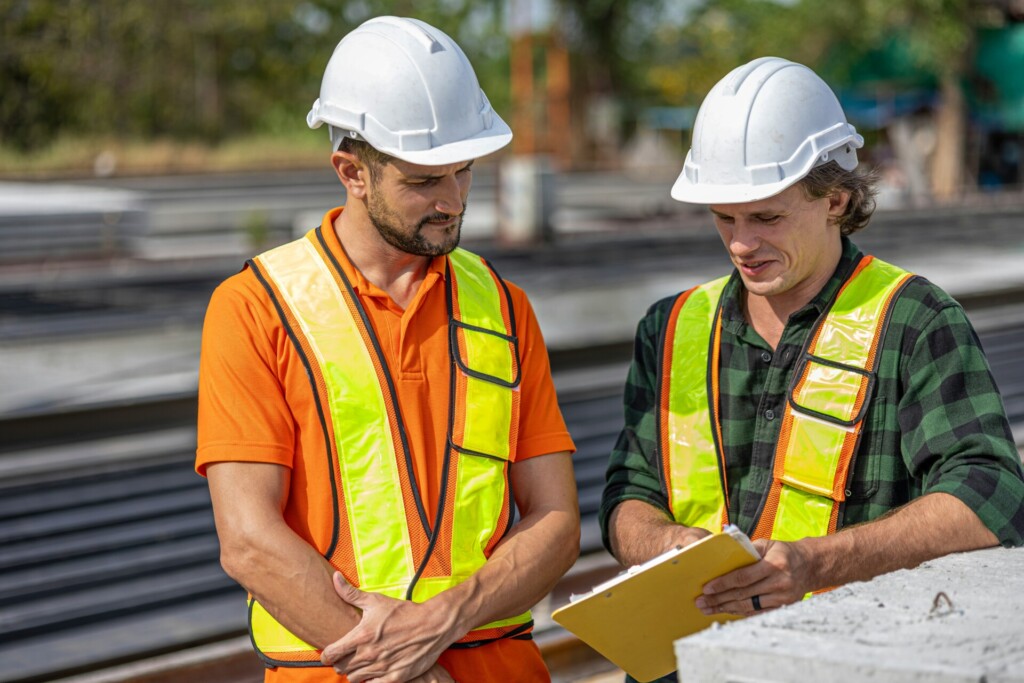
Implementing an effective maintenance checklist requires strategic planning and execution. At EB3 Construction, we have learned that using proven best practices helps maximize the benefits of preventive maintenance while optimizing resource allocation. Here are the key approaches we recommend:
Invest in Preventive Maintenance
One of the most important best practices is prioritizing preventive maintenance. We focus on addressing minor issues before they escalate into major problems that can lead to costly emergency repairs or prolonged downtime. Our teams conduct regular inspections and perform routine maintenance tasks like lubricating moving parts, replacing worn components, and calibrating systems. This proactive approach helps extend equipment lifespans and reduces the frequency of unexpected breakdowns.
Upgrade to Energy-Efficient Systems
When implementing maintenance checklists, we often recommend upgrading to more energy-efficient building systems where feasible. Modern HVAC units, lighting fixtures, and other equipment not only reduce utility costs but also tend to require less frequent maintenance. For example, LED lighting lasts significantly longer than traditional bulbs, reducing replacement frequency. Energy-efficient systems also often come with advanced monitoring capabilities that make it easier to track performance and schedule maintenance.
Utilize Maintenance Management Software
Leveraging technology is crucial for optimizing maintenance operations. We use specialized maintenance management software to automate scheduling, track maintenance histories, and allocate resources efficiently. These digital tools allow us to set up automated reminders for recurring tasks, generate work orders, and analyze trends to refine our maintenance strategies over time. The software also provides a centralized database for equipment information, making it easy for technicians to access vital data in the field.
Assign Clear Responsibilities
Accountability is key to ensuring maintenance tasks are completed thoroughly and on schedule. We clearly define and assign responsibilities to team members or contractors for each checklist item. This clarity helps prevent tasks from being overlooked and allows for better performance tracking. We also ensure that team members have the necessary training and resources to carry out their duties effectively.
Negotiate Service Contracts Strategically
For specialized equipment or systems requiring expert maintenance, we negotiate service contracts with trusted providers. These agreements typically outline consistent maintenance schedules and often come with priority response times for urgent issues. By establishing long-term relationships with reliable service providers, we can often secure more competitive rates while ensuring high-quality maintenance work.
Regularly Review and Update Checklists
Building needs evolve over time, so it is essential to periodically review and update maintenance checklists. We conduct regular assessments to identify any new equipment or systems that should be added, as well as items that may no longer be relevant. This ongoing refinement helps ensure that our maintenance efforts remain aligned with current building requirements and industry best practices.
By implementing these best practices, property owners and managers can significantly enhance the effectiveness of their maintenance programs. A well-executed maintenance checklist not only helps prevent costly breakdowns but also contributes to improved building performance, occupant comfort, and long-term cost savings.
Conclusion: Maximizing Building Performance Through Systematic Maintenance
A comprehensive commercial building maintenance checklist is essential for ensuring building longevity, occupant safety, and operational efficiency. By implementing structured maintenance schedules—whether seasonal or year-round—property managers can prevent costly repairs, enhance energy efficiency, and create a safer environment for all building occupants.
Success relies on a proactive rather than reactive approach. Leveraging technology like computerized maintenance management systems enables better tracking and scheduling of maintenance tasks. Equally important, maintenance strategies should be tailored to each building’s specific needs, systems, and usage patterns.
With proper planning and consistent execution, commercial properties can maintain peak condition while reducing long-term costs. A well-implemented maintenance program protects your investment, improves occupant comfort and productivity, and supports overall facility optimization. The time and resources invested in preventative maintenance pay dividends through extended equipment lifespans, lower energy bills, and fewer emergency repairs.
Looking to optimize your building’s maintenance program? Contact EB3 Construction to learn how our experienced team can help implement these best practices and develop a customized maintenance strategy for your property.


